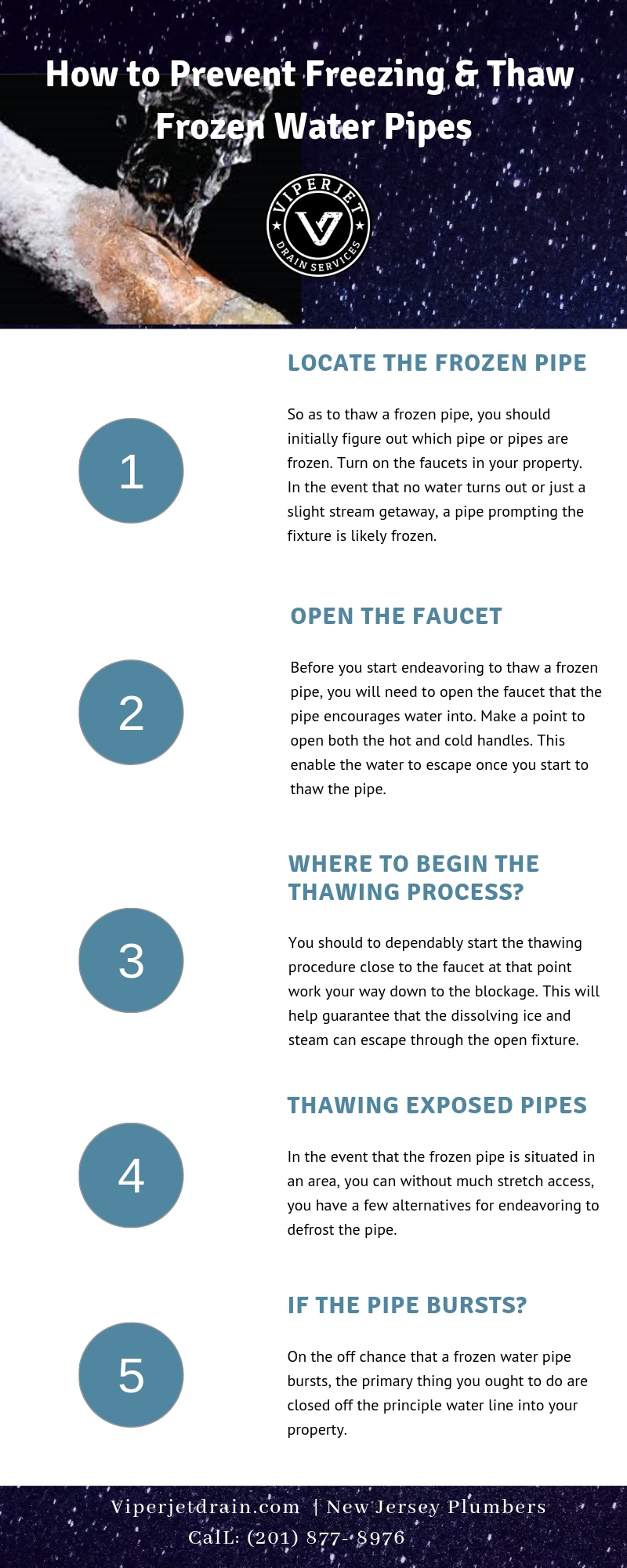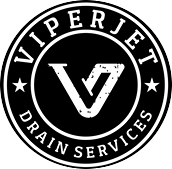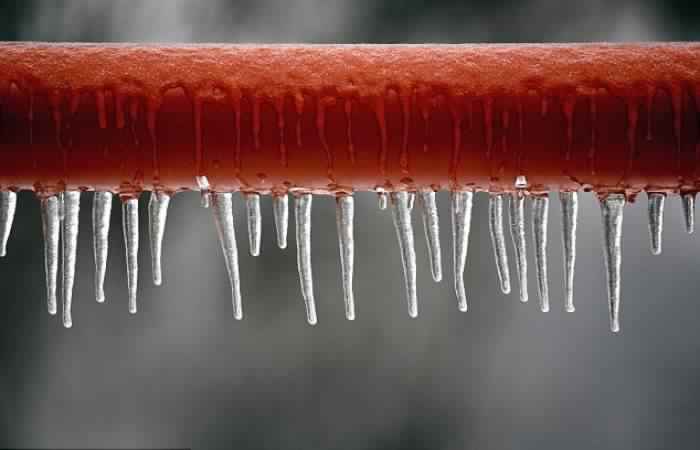Prevention is better than cure – they say. It squarely applies in safeguarding your water pipes getting frozen during winters. Freezing of water in pipes is a menace you can’t help. But if you know some of the ideas that are effective in Frozen Pipe Prevention, you can shed your worries totally.
The following tips are recommended by experts from Frozen Pipe Repair Services. You need not try to do it yourself, but call in appropriate Professionals to help you in this regard. The basic idea is you can prevent ice-freezing, if the concerned inlet or outlet pipe is tightly sealed and heated up well, before you anticipate the freezing to happen.
- Checking your foundation walls for cold wind entering and freezing the water is necessary. Use the crawl space beneath to ensure the walls are completely sealed, with foam and fill the gaps. Covering the foundation vents and closing them is also advisable.
- Insulating the pipes running around your basement, crawl space, attic and also exterior walls with foam will be very good. Don’t forget to duct tape the joints as well without gap.
- Dripping hot and cold water through faucets in kitchen, bathroom and also exterior walls. This will be effective in preventing water freezing in these outlets.
- Use good quality heat tape and wrap the pipes. These tapes will have built-in thermostat, so that overheating is prevented. Read the instructions in pamphlets coming with the tapes.
- If you have Cabinets under the sink in kitchen and bathroom, open their doors so that you allow inside heat to penetrate the pipes and keep them warm always.
- If there is no dripping faucet in your laundry room, you can allow hot water to flow, by setting the washing machine to warm the pipes. This exercise should be repeated periodically for few minutes in cycle.
Thawing your frozen pipes is another problem you have to encounter carefully and resolve successfully.
- Cutting off the water supply to the pipes before thawing exercise is necessary. Before thawing a frozen pipe, the stagnated water should come out. This will relieve any pressure being built-up inside the pipe, obstructing the water flow when frozen.
- The frozen pipes should be heated up if necessary, to enable free water flow. For this purpose, you can use a portable electric heater to heat up the particular portion of the pipe, heat lamp or hair-dryer etc. ideally.
Infographics: How to Prevent Freezing & Thaw Frozen Water Pipes

Share this Image On Your Site

